Contents
India is one of the most well-known countries in the world due to its rich culture and diverse geography. You might be wondering what the physical features of this country are to help you learn more about it. This is a blog post that will look into the wide variety of physical features in this fascinating country.
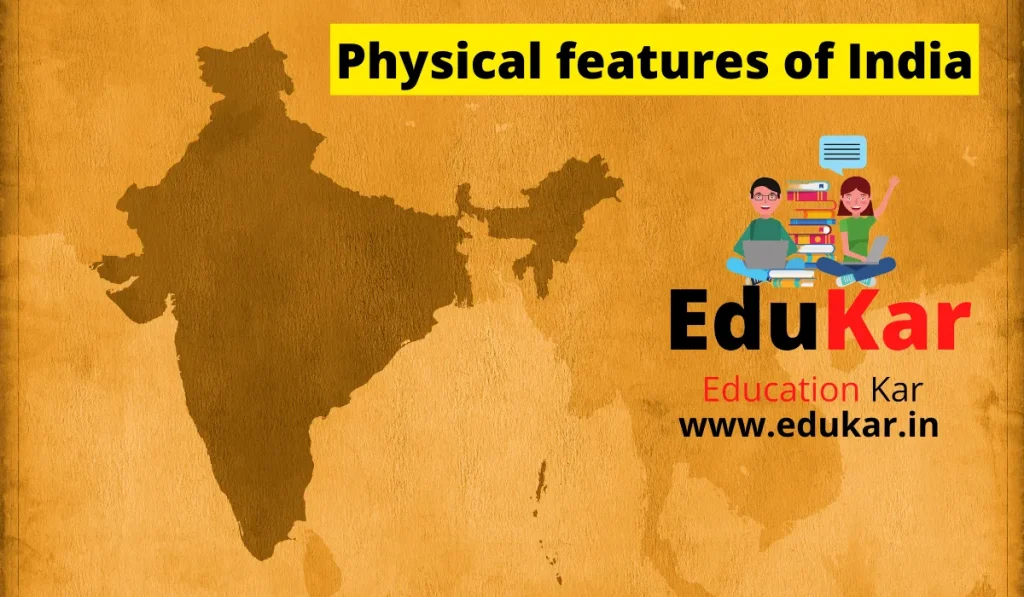
In India, the physical features of India are a diverse set of characteristics that affect the country’s climate, geography, flora and fauna, and economy. These physical features include:
- Mountains
- Plains
- Deserts
- Plateaus
- Islands
The physical features of India are unique and diverse. The landmass is dissected by mountain ranges that are separated by deep river valleys. The country is the world’s second-most populous country and is the seventh-largest by total area. India is home to one of the world’s oldest civilisations and contains six of the world’s ten most-populous cities.
1.Mountains
Geographical area: 30 %
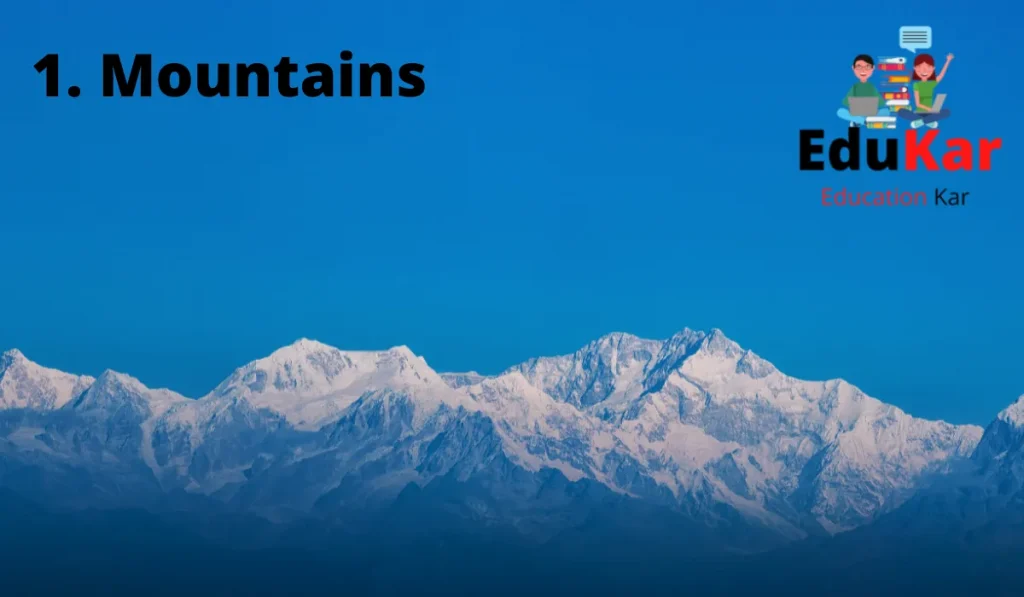
After studying the geography of India, it is easy to see that the country is defined by its mountain ranges. However, India is different when it comes to mountains. The country has a lot of mountains that are a part of its physical feature, and it is not just because of the Himalayas. India is a country with a lot of mountains.
The mountains in India are found in the northern and western regions of the country. The highest point of the country is Mount Everest, which is just slightly over 8 kilometers away from the peak of Mount Kanchenjunga. The mountains of India are not just geographical features; they are also a part of the culture of India. Mountains are a part of the spiritual, cultural and social areas of the country.
2. Plains
Geographical area: 27.7%
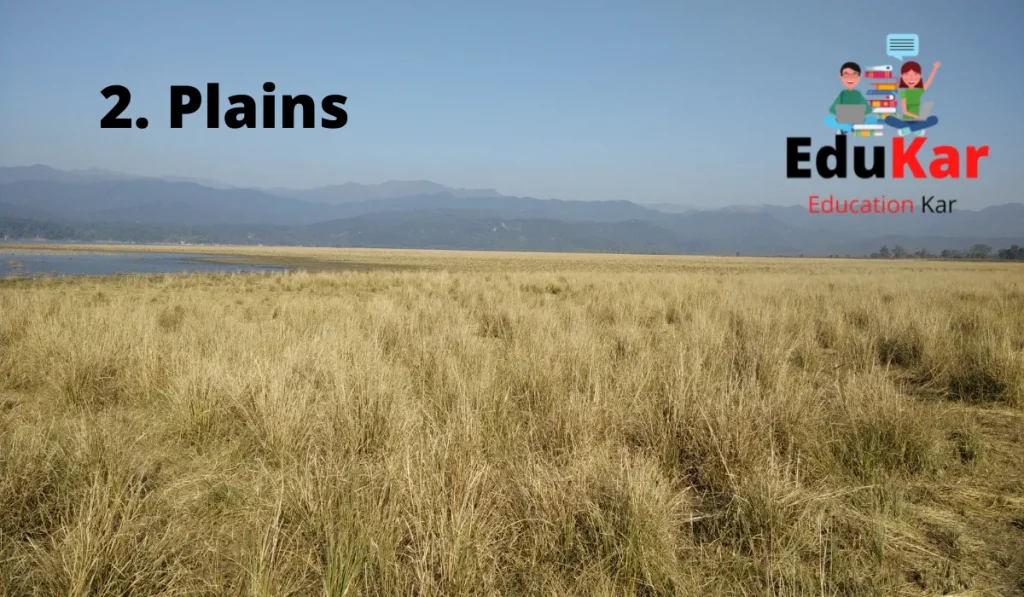
The plains make up a large part of the country and are surrounded by mountains, rivers, and a few other more mountainous areas. The plains are mostly flat, but they can be hilly in some areas. The plains are the home of a variety of animals and plants. The Indian plains are the largest physical feature in the country.
3. Deserts
Geographical area: 13.52%
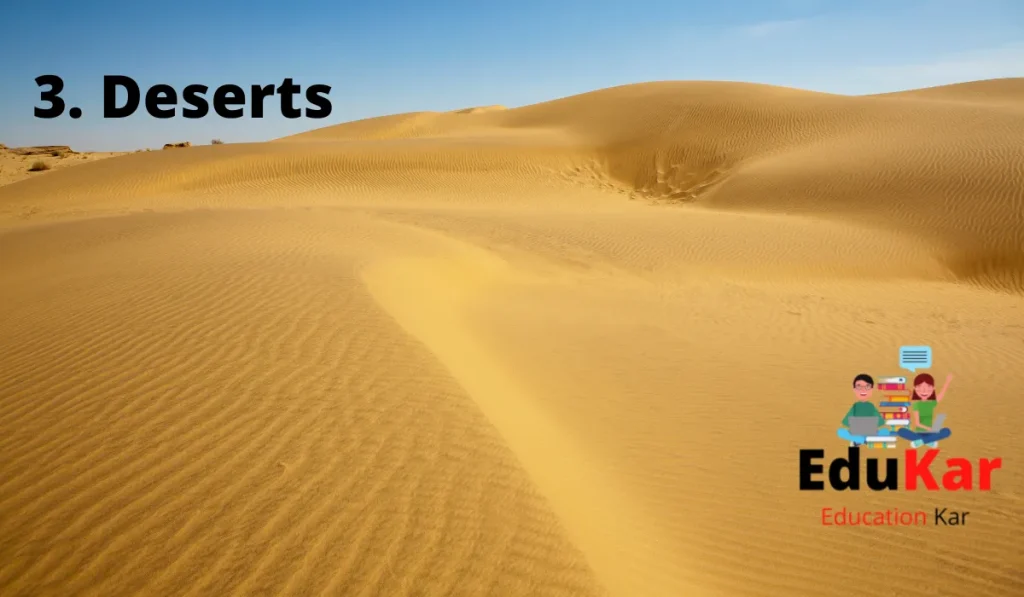
Deserts are a physical feature of India. Deserts are found in some parts of India, mainly in Rajasthan and Gujarat. The desert is an area with a very low amount of rainfall. In the desert, there is no vegetation, and the soil is dry and infertile. The desert is called a desert because it receives little rain and is hot all year round.
India has a total of 13.52% of its land area as deserts. The largest of them is the Thar Desert, which spans across the states of Rajasthan, Gujarat, and Sindh. This desert is where the Indus River ends. The Gobi Desert is the second largest in India. It spans across the states of Rajasthan, Gujarat, and the China’s Xinjiang Uyghur Autonomous Region.
4. Plateaus
Geographical area: 43.2%
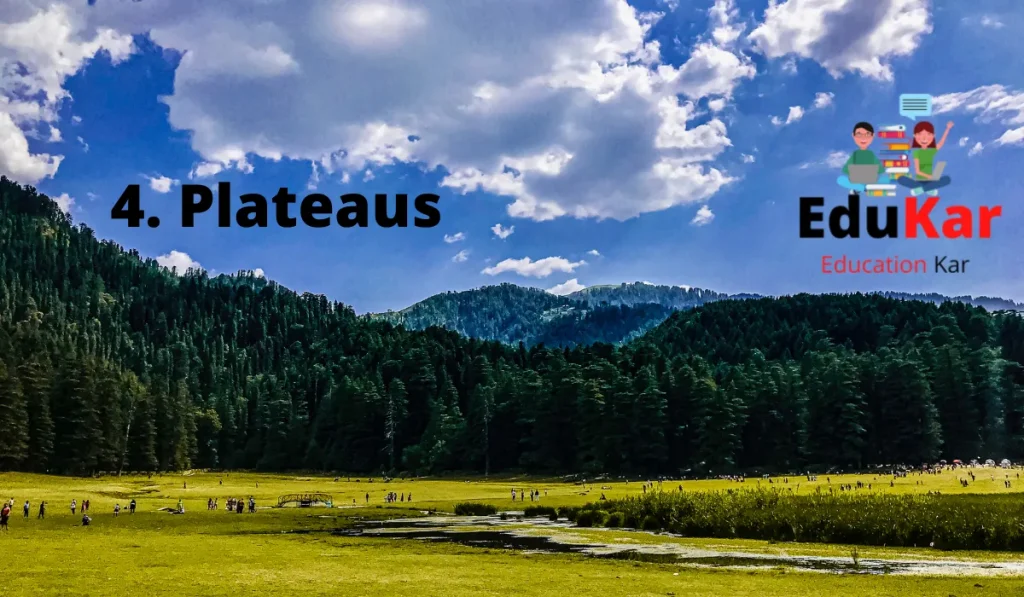
Plateaus are physical features of India. They are mountains that are found in many different shapes, sizes and locations. Plateaus are formed when the sediments in a valley are compressed over long periods of time. Plateaus can be found in the western, central and eastern regions of the Indian subcontinent. There are many names of plateaus in India.
In some cases, the mountains what makes up the plateau is called the dome, in other cases, the plateau is called a tableland, and in still other cases, the plateau is called a platform.
5. Islands

India is an incredible country. With its blend of colors, culture and architecture, India is a melting pot of different things. The country is also home to a number of islands or peninsulas, which act as physical features of the country. Some of the most famous islands are the Lakshadweep, the Andaman and the Nicobar.
There are many shapes and sizes of the islands. Some of the islands are circular and some look more like a triangle. The land is made up of soft, wet, and fertile soil. The islands have many forests, which are the homes of many animals. Plants grow very well on the islands. The islands are full of many types of animals or birds. There are different types of vegetation on the islands and the islands vary in size. The islands also have different forms and shapes.
6. Bodies of water
Geographical area: 4%
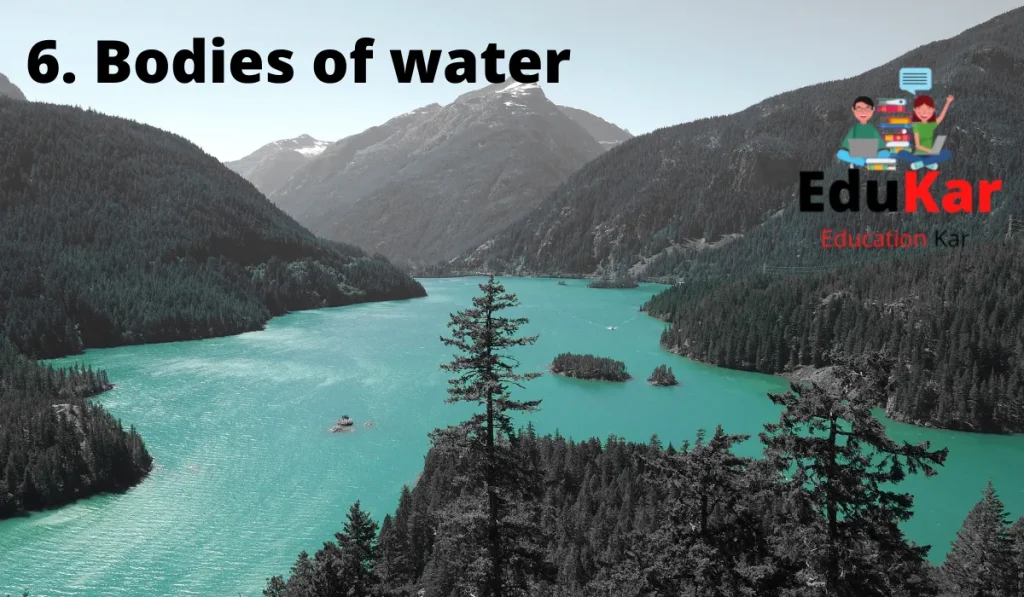
India is a country with a diverse geography and a wide variety of bodies of water. In the country, there are more than 100,000 lakes and over 3,000 rivers. India has the largest river delta in the world. India is home to the second-largest freshwater body in the world, the Cauvery River. The Cauvery River is a tributary of the Kaveri River, which is the largest river in the state of Karnataka. The Kaveri River is a tributary of the Godavari River, which is the second-largest river in the country. The Godavari River is a tributary of the Krishna River, which is the fourth-largest river in the country.
Q1: What is the importance of physical features of India?
Ans: India is a land of contrasts. From the mountains in the north to the deserts in the south, from the jungles in the east to the plains in the west, India is a land of a wide variety of landscapes. India’s physical features not only set it apart from the rest of the world, but also contribute to its cultural diversity.
Q2: What are the main physical features of India?
Ans: The main features of India include the Ganges River, the Indus River, the Thar Desert, the Bay of Bengal and the Himalayas.
Conclusion
The physical features of India are dominated by mountains, deserts, and fertile plains. The most prominent feature of the country is the Indian Plate, a tectonic plate which forms the Indian subcontinent and is being pushed slowly eastward by the Indian Ocean and the Eurasian Plate. The mountain ranges in India are mostly in the northern and western parts of the country. The tallest mountain in India is the Mount Everest and the highest mountain in the world.
We hope you found our blog about the physical features of India helpful. India has beautiful people, a rich culture, and a magnificent history. If you haven’t yet visited India for yourself, remember that it’s a fantastic place to explore and a wonderful place to live. We are so glad you stopped by our blog to learn more about our country! Please contact us anytime if you have any questions or comments by visiting www.edukar.in
Thank you for reading, we would love to hear from you!

![Natural Vegetation and Wildlife Class 9 Questions Answers [Class 9 Geography Chapter 5] Natural Vegetation and Wildlife Questions Answers](https://edukar.in/wp-content/uploads/2023/01/Natural-Vegetation-and-Wildlife-Questions-Answers--1024x640.webp)
![Packing Class 9 Questions and Answers [Class 9 English Beehive Chapter 7 ] Packing Class 9 Questions and Answers [Class 9 English Beehive Chapter 7 ]](https://edukar.in/wp-content/uploads/2023/01/Packing-Class-9-Questions-and-Answers-1024x640.webp)
![Digital Documentation Class 9 [Questions Answers & MCQ] Digital Documentation Class 9](https://edukar.in/wp-content/uploads/2022/08/Digital-Documentation-Class-9-1024x597.webp)


![A House Is Not A Home Question Answer [Class 9 English Moments Chapter 8] A House Is Not A Home Question Answer](https://edukar.in/wp-content/uploads/2023/01/A-House-Is-Not-A-Home-Question-Answer-1024x640.webp)







![No Men Are Foreign Class 9 Question Answer [NCERT] No Men Are Foreign Class 9 Question Answer](https://edukar.in/wp-content/uploads/2023/01/No-Men-Are-Foreign-Class-9-Question-Answer-1024x640.webp)
![What is Sublimation with Examples? [Class 9,10th,11th] What is Sublimation with Examples](https://edukar.in/wp-content/uploads/2023/03/What-is-Sublimation-with-Examples.webp)
